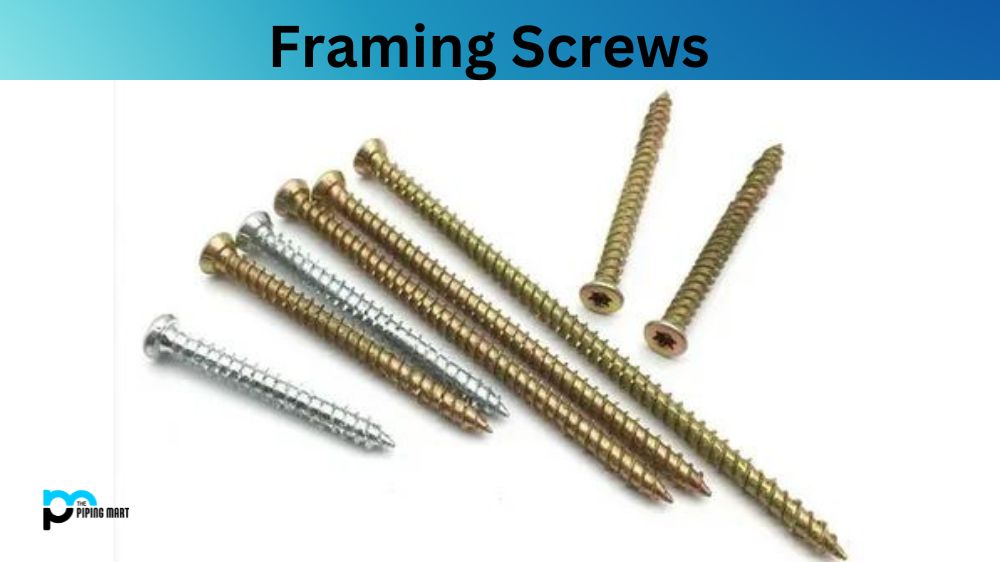Crowbars are versatile tools that have been a staple in construction, demolition, and various other fields for centuries. Known for their robust design and effectiveness in prying, lifting, and removing objects, crowbars come in different sizes and styles to suit a range of tasks. This article will explore the uses and benefits of crowbars, answer common questions, and discuss their role in conjunction with geocomposite materials in construction projects.
What is a Crowbar and What Are Its Primary Uses?
A crowbar, also known as a pry bar, is a tool made from a single piece of metal with a curved end and a flat end. Its primary uses include prying apart objects, lifting heavy materials, and removing nails or other fasteners. The curved end of the crowbar provides a mechanical advantage, making it easier to apply force and accomplish tasks that require leverage. Common uses include dismantling wooden structures, removing floorboards, and accessing hard-to-reach areas.

How Do Different Types of Crowbars Vary in Functionality?
Crowbars come in various shapes and sizes, each designed for specific tasks. The most common types include:
- Flat Pry Bar: Features a flat end ideal for removing nails and prying apart wooden materials.
- Curved Pry Bar: Provides a greater leverage point for lifting and separating materials.
- Claw Bar: Designed with a curved end and a claw for gripping and pulling.
Each type has unique attributes that make it suitable for different applications, from demolition to construction.
What Are the Benefits of Using a Crowbar in Construction Projects?
Using a crowbar in construction projects offers several benefits:
- Increased Efficiency: Crowbars can significantly speed up tasks such as dismantling or lifting heavy materials.
- Enhanced Precision: The leverage provided by a crowbar allows for more precise control in tasks requiring careful handling.
- Durability: Made from high-strength steel, crowbars are designed to withstand significant force and last for many years.
When working with materials like geocomposites, crowbars are especially useful for managing and repositioning these materials during installation or removal.
How Should You Maintain and Care for a Crowbar?
Proper maintenance of a crowbar ensures its longevity and optimal performance:
- Regular Cleaning: After use, clean the crowbar to remove any debris or rust. Wipe it down with a cloth and inspect for damage.
- Inspection: Periodically check the crowbar for signs of wear or damage, such as cracks or bends. Replace it if it shows significant wear.
- Storage: Store the crowbar in a dry place to prevent rusting. Hanging it or placing it in a toolbox can help avoid accidental damage.
Crowbars are indispensable tools with a wide range of applications in construction, demolition, and general repair. Their ability to provide leverage and efficiency makes them a valuable asset for professionals and DIY enthusiasts alike. Understanding the different types of crowbars and their specific uses can help you select the right tool for your needs. Additionally, proper maintenance ensures that your crowbar remains effective over time. When working with materials like geocomposites, crowbars facilitate the handling and installation processes, showcasing their versatility in various construction tasks.
Tags: crowbar 2016, crowbar band website, crowbar of embrayage, how to open door with crowbar, i have failed crowbar